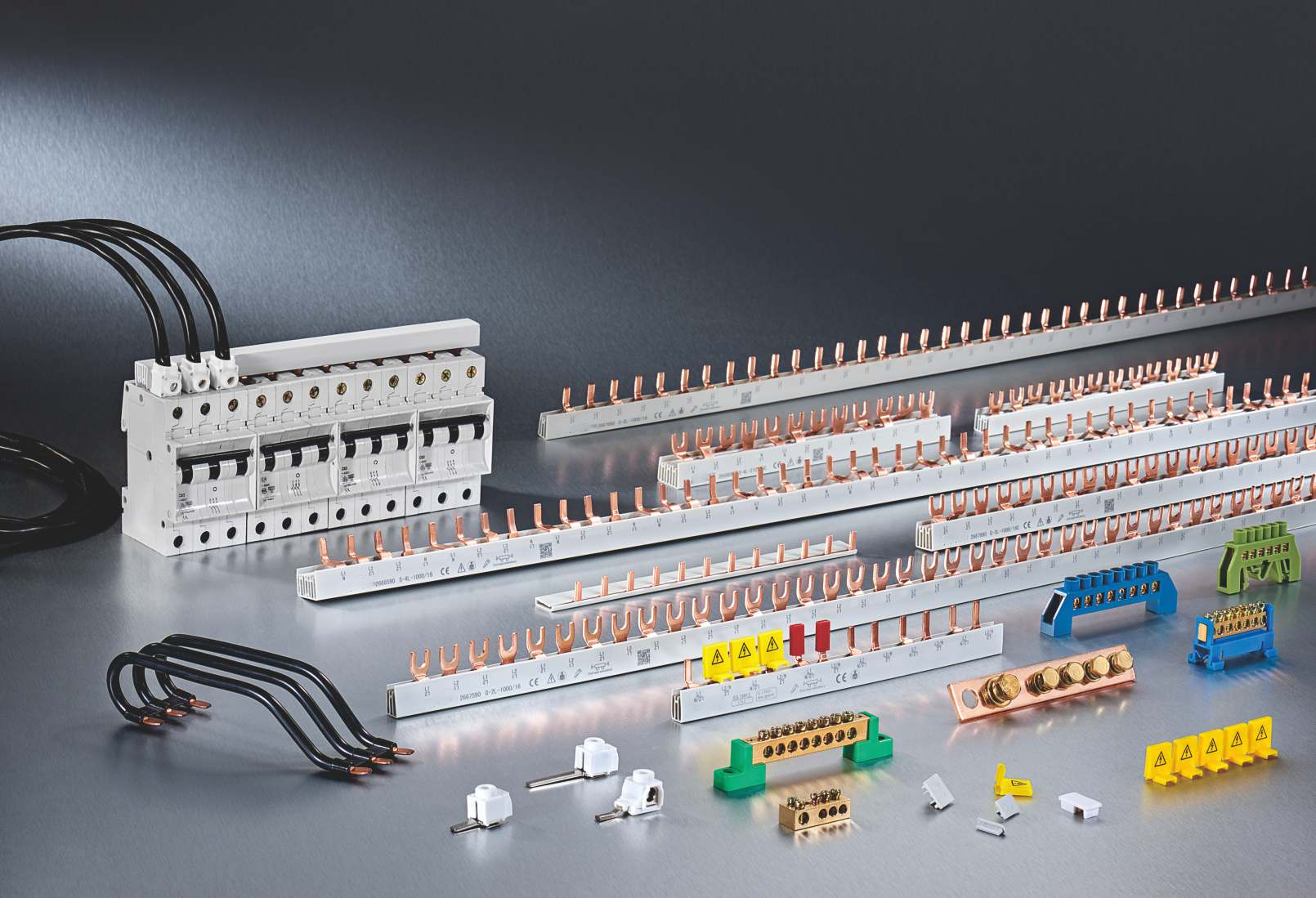Advanced Busbar Engineering: Design, Installation, Safety & Optimization
This extensive guide provides electrical engineers, technicians, and system designers with advanced knowledge on busbar engineering, covering all aspects from design, material selection, and installation to maintenance, fault protection, optimization, and real-world applications.
Introduction to Busbar Systems
Busbars are integral to power distribution and control systems, facilitating the efficient transfer of electricity in industrial plants, commercial buildings, renewable energy systems, and large-scale electrical installations. This guide explores advanced engineering concepts for design, material selection, installation, safety, maintenance, and optimization.
Design Principles
- Determine ampacity requirements based on load, ambient temperature, and safety margins.
- Optimize busbar cross-section to minimize voltage drop and resistive losses.
- Consider electromagnetic interference and inductance in high-current systems.
- Implement modular and expandable busbar designs for scalability and maintenance.
- Use Finite Element Analysis (FEA) for thermal, mechanical, and electrical stress evaluation.
Material Selection & Properties
- Copper Busbars: High conductivity, low resistive losses, excellent thermal performance.
- Aluminum Busbars: Lightweight, cost-effective, requires larger cross-section for same ampacity.
- Surface treatments: tin plating, silver plating, or nickel coating to reduce oxidation and enhance conductivity.
- Consider mechanical strength, thermal expansion, and corrosion resistance for environmental exposure.
Installation Guidelines
- Ensure complete de-energization and implement lockout/tagout procedures.
- Verify busbar alignment, phase spacing, and structural supports before tightening connections.
- Use calibrated torque tools to secure bolted connections accurately.
- Maintain proper clearance and insulation to meet electrical safety requirements.
- Document installation steps, torque values, and measurements for compliance and future maintenance.
Maintenance & Monitoring
- Visual inspection for discoloration, deformation, or corrosion.
- Infrared thermography to detect hotspots under load.
- Micro-ohm resistance testing to detect high-resistance connections.
- Regular torque checks and mechanical inspections.
- Cleaning and environmental protection for optimal performance.
Safety Protocols & Standards
- Implement grounding, bonding, and protective barriers to prevent accidental contact.
- Ensure compliance with IEC, IEEE, UL, and NEC standards for busbar systems.
- Provide adequate labeling, signage, and personal protective equipment (PPE) for technicians.
- Design systems for safe isolation during maintenance and fault conditions.
Fault Protection & Mitigation
- Analyze short-circuit currents and select protective devices accordingly.
- Use proper busbar bracing and supports to withstand fault mechanical forces.
- Coordinate protection with upstream and downstream devices for safe disconnection.
- Implement monitoring systems to detect early signs of failure and prevent catastrophic events.
Optimization Techniques
- Use modular busbar systems for rapid installation and easy maintenance.
- Optimize cross-sectional sizing to balance material costs, weight, and electrical performance.
- Thermal management via ventilation, forced cooling, or heat sinks to maintain performance.
- Mechanical optimization for vibration resistance and expansion flexibility.
Applications Across Industries
- Industrial motor control centers and power distribution.
- Commercial buildings and data centers requiring high reliability.
- Renewable energy systems including solar PV, wind turbines, and battery storage.
- Modular switchgear and prefabricated busbar assemblies for scalable solutions.
Troubleshooting & Common Issues
- Overheating from loose or corroded connections.
- Voltage drops due to undersized busbars or improper layout.
- Mechanical sag or loosening from vibrations.
- Short-circuit or overload damage requiring repair or replacement.
Standards & Regulations
- IEC 61439 – Low-voltage switchgear and controlgear assemblies.
- IEEE 605 – Busbar current rating and installation guidelines.
- UL 857 / UL 891 – Industrial control panels and busway assemblies.
- NEC – National Electrical Code compliance for installations in the U.S.
Frequently Asked Questions
Can aluminum replace copper in busbars?
Yes, but with proper sizing and oxidation protection. Aluminum requires larger cross-sections for equivalent ampacity.
How often should busbars be inspected?
Check after commissioning, then annually or based on load cycles and environmental conditions.
What is the recommended torque for busbar connections?
Follow manufacturer specifications and use calibrated torque tools for consistent and safe connections.
Glossary of Terms
- Ampacity
- The maximum continuous current a busbar can safely carry.
- Torque
- The rotational force applied to bolted connections.
- Short-Circuit
- An electrical fault causing excessive current flow.
- FEA
- Finite Element Analysis for electrical, thermal, and mechanical design optimization.
Conclusion
Implementing advanced design, proper material selection, careful installation, safety compliance, regular maintenance, and optimization ensures high-performan.



